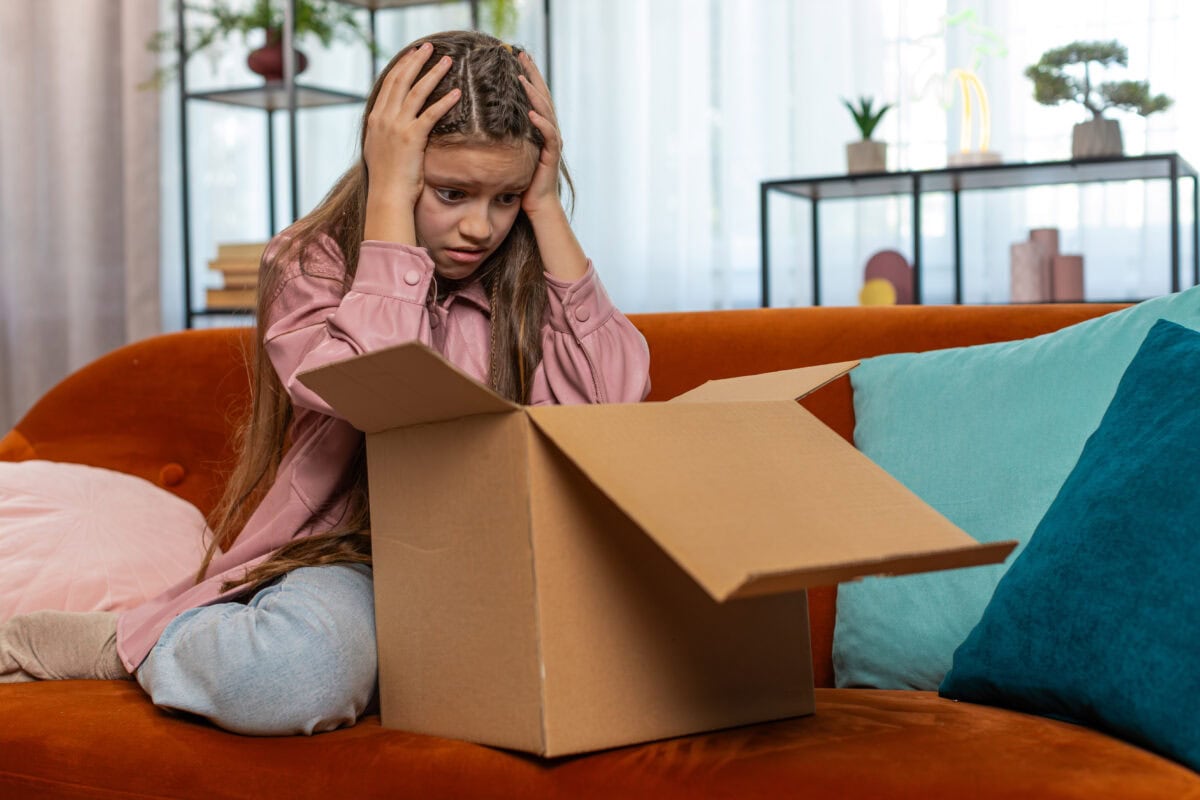Unsafe toys from dishonest traders are number 1 in EU’s dangerous products list. Again.
The 2022 EU Safety Gate report published today says that toys are the most flagged unsafe product in the EU. What the report does not say is that a whopping 98.6% of toy alerts concern traders who have no connection with reputable brands or reputable retailers. Toys from reliable manufacturers – that represent the lion’s share of toys sold in the EU – are safe.
Toy Industries of Europe (TIE)’s own analysis shows that dangerous levels of phthalates – a substance used to soften plastics – and the risk of choking from small parts keep recurring as main issues year after year. This is only due to non-compliance with the EU rules. The strict Toy Safety Directive has been in force since 2011 and the EU restrictions on phthalates are almost 25 years old.
“I don’t think we can stress enough that unsafe toys do not come from reputable toy brands but from dishonest traders who deliberately choose not to follow the rules. Reputable toy makers such as our members should not be tarred with the same brush,” said Catherine Van Reeth, Director General of TIE.
Clearly, a new approach is called for. Because if rogue traders ignore safety rules today, they will also ignore any new rules of tomorrow.
Better targeting of dishonest traders is the only solution to this problem
Instead of blanket rules that only the reputable toy makers will adhere to – and that will not solve the scourge of unsafe toys – the EU should better target rogue traders. Such targeting means:
Better enforcing existing rules
A strong enforcement of existing rules will better prevent, detect and remove dangerous products from the EU market. Market surveillance and customs authorities – with the resources they have – are helpless against the avalanche of products entering the market. Increasing their resources will make them much more effective. Those who wilfully break the rules must face prohibitive sanctions, otherwise ignoring EU rules will remain a lucrative business option.
Making online marketplaces act more responsibly
Often, the unsafe toys reach the EU consumer through third-party sellers on online marketplaces. In 2022, nearly 25% of the toys notified through the EU Safety Gate came from e-commerce sites.
Online marketplaces should help to protect consumers by taking rapid action to remove listings of products identified as dangerous, to seek and remove duplicates of those products and to properly notify buyers. Online marketplaces can demonstrate the responsibility they claim to practise by proactively screening sellers and banning them when necessary.
Consumers should know who they are buying from
Buying toys from reputable companies is always a safe bet. Reputable toy manufacturers invest time and money in safety and demonstrate their responsibility by joining toy associations like TIE and its national association members.
Our safety tips, including tips for buying toys online, cover the important things to look out for before and after buying a toy. Everybody is welcome to use them.
Note to Editors
About TIE
Toy Industries of Europe (TIE) is the voice of the reputable European toy manufactures. Our mission is to promote the right of every child to play safely and securely and to promote fair practices and fair legislation, allowing responsible toy companies to continue to grow.
About EU Safety Gate
The EU Safety Gate is an alert system that helps to stop the spread of unsafe non-food products, including toys, across Europe. When a dangerous product is identified by national authorities, the Commission alerts all EEA countries.
About TIE’s analysis of toy alerts
TIE has been developing its own statistics based on the information available on the EU Safety Gate since 2013. The information we collect – such as risk type, brand names, country of origin, notifying country – helps build an accurate picture of the reasons why toys feature high on the dangerous products list in the EU. This allows us to formulate recommendations on how to address the issue.



